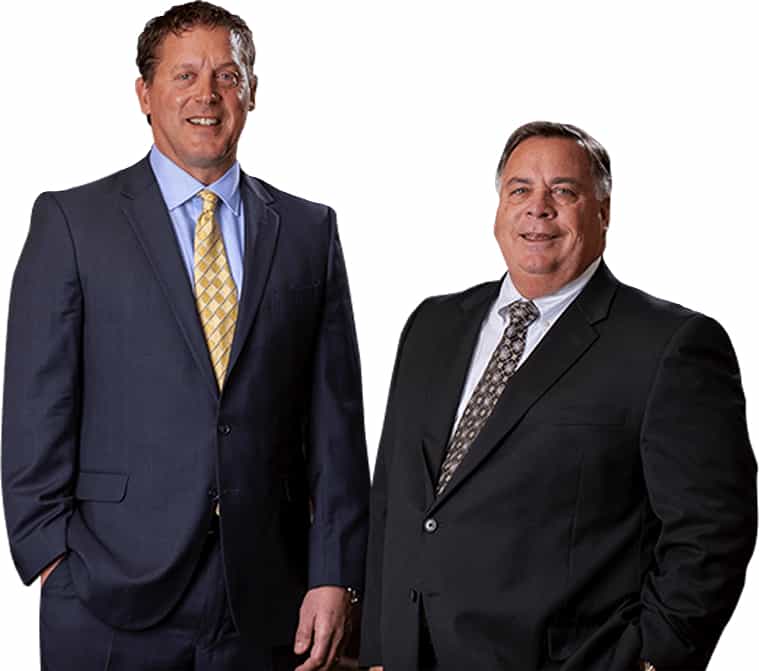Protecting your eyes in a hazardous workplace takes on several forms. In Florida, some workers use eye protection only when the danger level is high while others cover their eyes every day. Constant protection is necessary to prevent an eye injury and the problems that come afterward.
Eye protection in hazardous workplaces
Safety goggles are worn mainly by workers in industrial buildings and on construction sites. The workers are constantly exposed to hazards that include toxic fumes, flying debris, spilled chemicals or beams of UV light. In the most dangerous environments, they wear full-face shields or respirators to protect the mouth, nose and eyes.
Most standard designs of eye protection have to meet OSHA and ANSI safety standards. The eyewear has to fit around the eyes properly, provide a full range of vision and remain comfortable during the entire work shift.
There are different types of goggles and shields for workers. Chemical splash goggles have tightly fitting designs that cover the eyes and comply with ANSI standard Z87.1.
Financial coverage for eye injuries
Workers’ compensation programs cover eye injuries that occur on the job. Injured, eligible workers are compensated for lost wages at two-thirds the amount of their regular pay. Some workers are eligible to receive benefits to cover vision impairment or vocational rehabilitation. In addition to receiving workers’ comp, disabled workers may qualify to receive temporary or permanent disability benefits.
Industrial and construction workers have to wear personal protective equipment that includes goggles and face shields. Tools that protect the eyes will reduce the risks of injuries that occur frequently in hazardous workplaces. Professionals are recommended to wear devices that are comfortable and meet federal safety standards.


